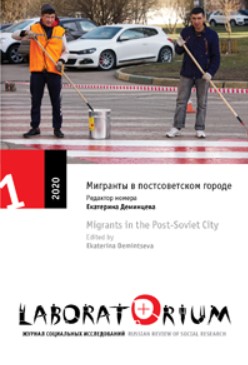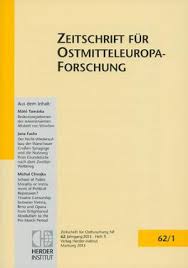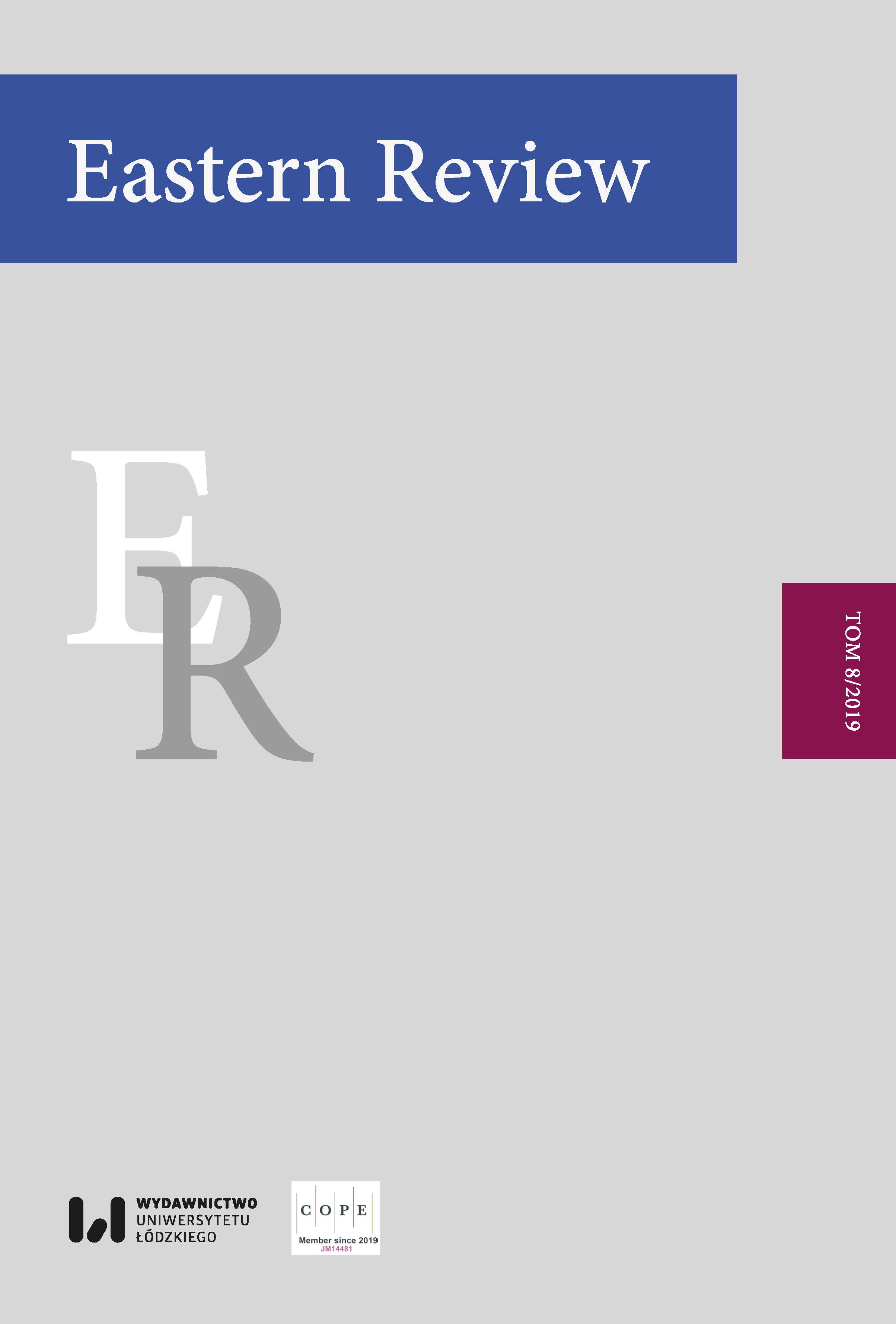Author(s): Miroslava Bozogáňová / Language(s): English
Issue: 1/2020
The aim of this paper is to analyze the opinions of the Slovak population on immigrants based on data available through Eurobarometer 88.2 (2017). We deal with the opinions on legal immigrants as part of our research. According to Eurobarometer 88.2 (2017), immigrants are people born outside of the European Union, who left their home country and currently legally reside in Slovakia. We are not concerned with EU citizens, immigrant children who have Slovak citizenship or about immigrants staying illegally. Official statistics show that most immigrants from outside the EU who are in Slovakia legally come from Ukraine, Russia, the United States of America, Vietnam and Serbia. Slovakia is not one of the traditional final destinations for immigrants. It is a culturally homogeneous country, which was not affected by the dramatic increase of migration during the twentieth century. Until recently, Slovakia was almost exclusively a country of emigrants, in other words, a country whose residents used to emigrate abroad for various reasons (IOM, 2019). According to the results of research on public attitudes towards migration (2019) of the International Organization for Migration, the Slovak population has relatively little personal experience and knowledge of immigrants. It typically forms its opinions based on media reports. The people in Slovakia are afraid that Slovakia has a high number of immigrants, who take jobs, spread diseases, and are an economic burden for the budget (Vašečka, 2009).
The research set consisted of 1,080 respondents (Eurobarometer 88.2, 2017) from the Slovak Republic – 43.1% men and 56.9% women, aged 15 – 93 (M=49.45, SD=16.83). 38.3% of the respondents stated that they live in a rural area/village; 45.1% small/medium town, and 15.8% in a large town/city. Data collection took place in October 2017 in face-to-face interviews as part of Eurobarometer 88.2 (2017) in the form of a multi-level probabilistic selection.
We have used items from Eurobarometer 88.2 (2017) to measure the opinions. The opinions of the immigrants were measured using seven items, where 1 equals strongly agree, and 4 equals strongly disagree (Cronbach’s Alpha = 0.861); we have reversed the polarity of the items for easier data interpretation - higher score = stronger approval with the statements. The items were subjected to principal axis factoring to assess the dimensionality of the data. A rotated factor matrix is shown in Table 1. We have named the first factor “Immigrants as help“ and the second factor “Immigrants as a burden“. We have found that the Slovak respondents, most of all the countries of Central Europe (Germany - West, Germany - East, Austria, the Czech Republic, Hungary, Poland and Slovenia) agree with the negative statements about immigrants and at the lowest rate (apart from Hungary) agree with the positive statements about immigrants. Furthermore, citizens of West Slovakia have more negative opinions on immigrants than citizens of Central and Eastern Slovakia. 54.5% of the respondents think that immigration is more of a problem. Only 6.9% of the Slovak respondents think of immigration as an opportunity. 50.74% of the respondents think immigrants have a more than 16% share of the population of Slovakia, whereby according to the Statistical Office of the Slovak Republic (2019), immigrants represent 2.2% of the Slovak population. 21.9% of the respondents feel they are very well and quite well informed about immigration-related matters. Up to 75.7% of the respondents feel they are not very well or not at all informed about this issue. We have found that, in their opinion, the Slovak respondents come less often or never in contact with immigrants, while it in people’s neighborhoods where the respondents interact with immigrants daily (6.1%), at least once a week (15.2%), and at least once a month (15.9%). The Slovak respondents in almost 80% of the cases do not have immigrants as friends or family members. In contrast to Hungary, Slovakia has not in recent times had a negative experience with immigrants (for example, immigrants congregating at the Budapest Keleti Train Station in 2015). Despite this, the opinions on immigrants of the populations of these two states are similar. In terms of the regions of Slovakia, the Bratislava Region and West Slovakia have more negative opinions towards immigrants than Central and Eastern Slovakia. Future research should focus on examining the reasons for these differences in the territory of Slovakia. Lack of relevant information and the feeling that the respondents do not understand the topic of migration can cause fear of the unknown and the related negative opinions. Negative opinions towards immigrants in Slovakia can be explained using the contact theory; direct contact between groups improves relations because it makes difficult for a group to accept typical negative stereotypes (Pettigrew, Tropp, Wagner, & Christ, 2011; Himmelroos & Leino, 2016).
While the cross-sectional character of the available data limits the research, the contribution of this paper is as a representative sample of the opinions of Slovaks which is reflective of the mood in the country on what is always a topical subject. The paper offers space for reflections and research topics within the Slovak Republic (for example, what causes the differences in opinions between West and Eastern Slovakia).
More...
















